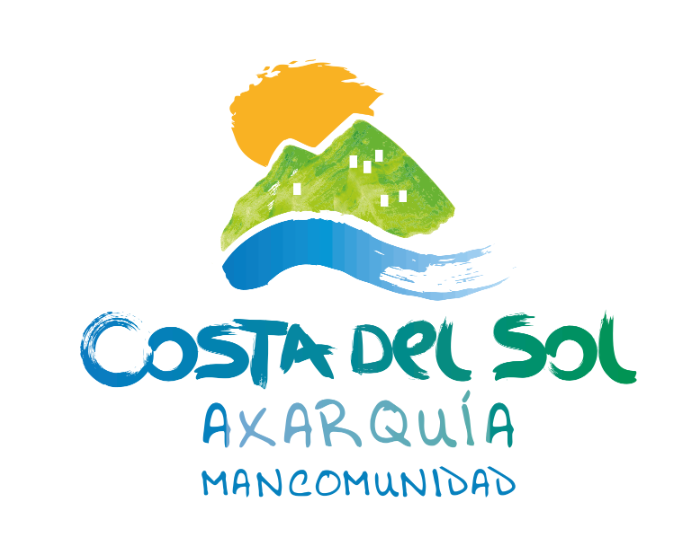From this spot, which has been recovered for tourist visits, there is a panoramic view of the southern part of the municipality, bordered by the Almáchar river.
You can also make out the entrance to the Cueva del Moro (Moorish Cave). According to legend, this cave contains a treasure hidden by the last Moors before they fled after the Christian invasion.
